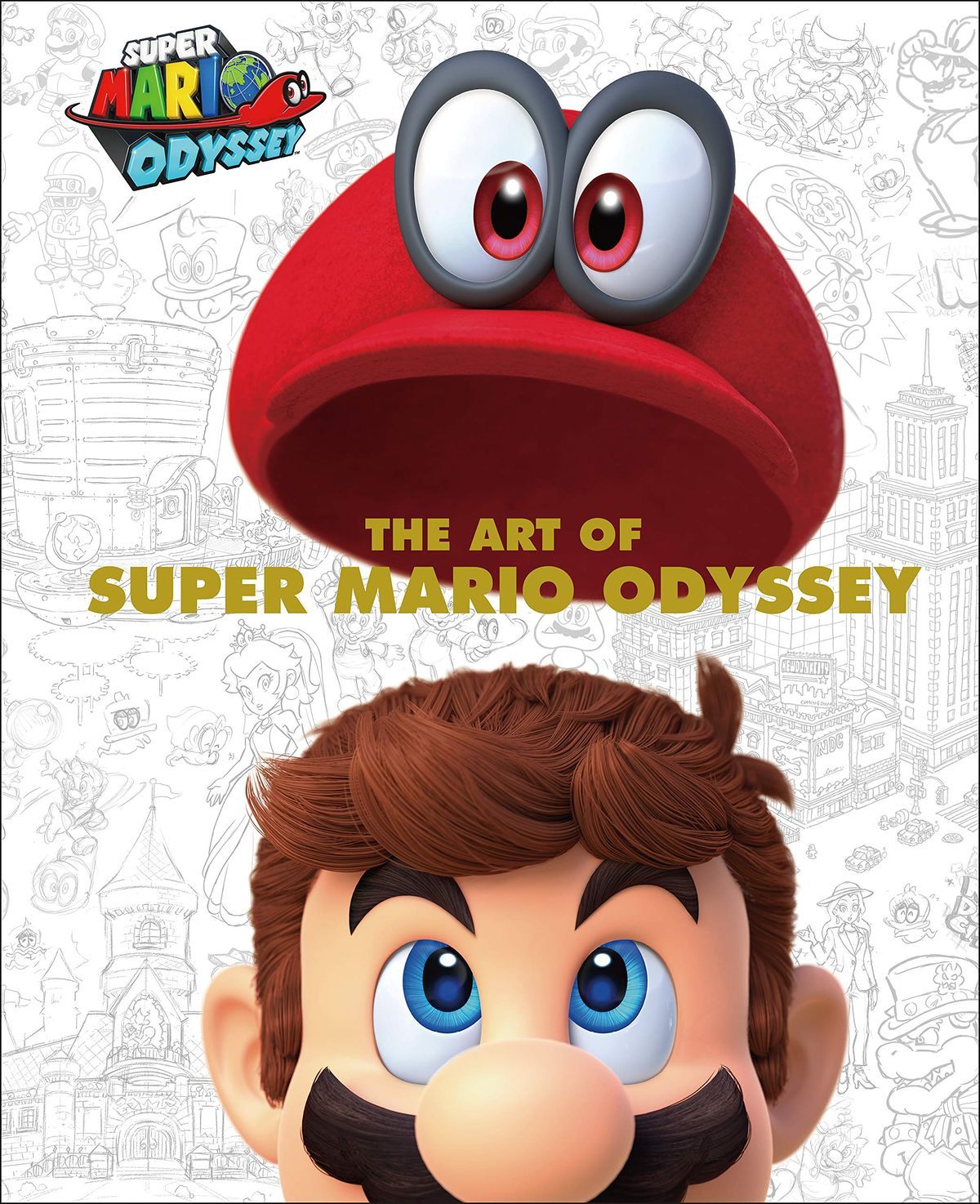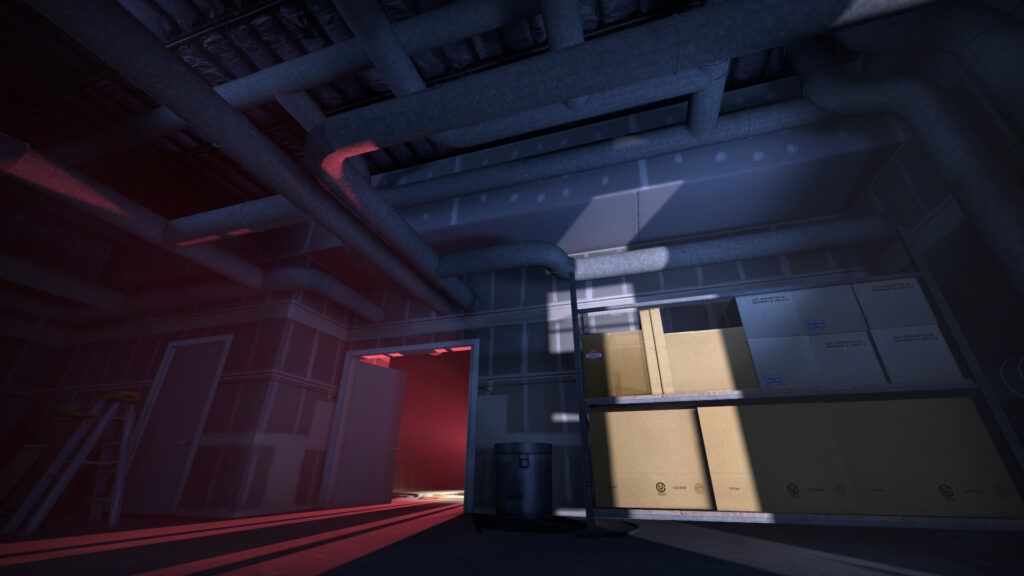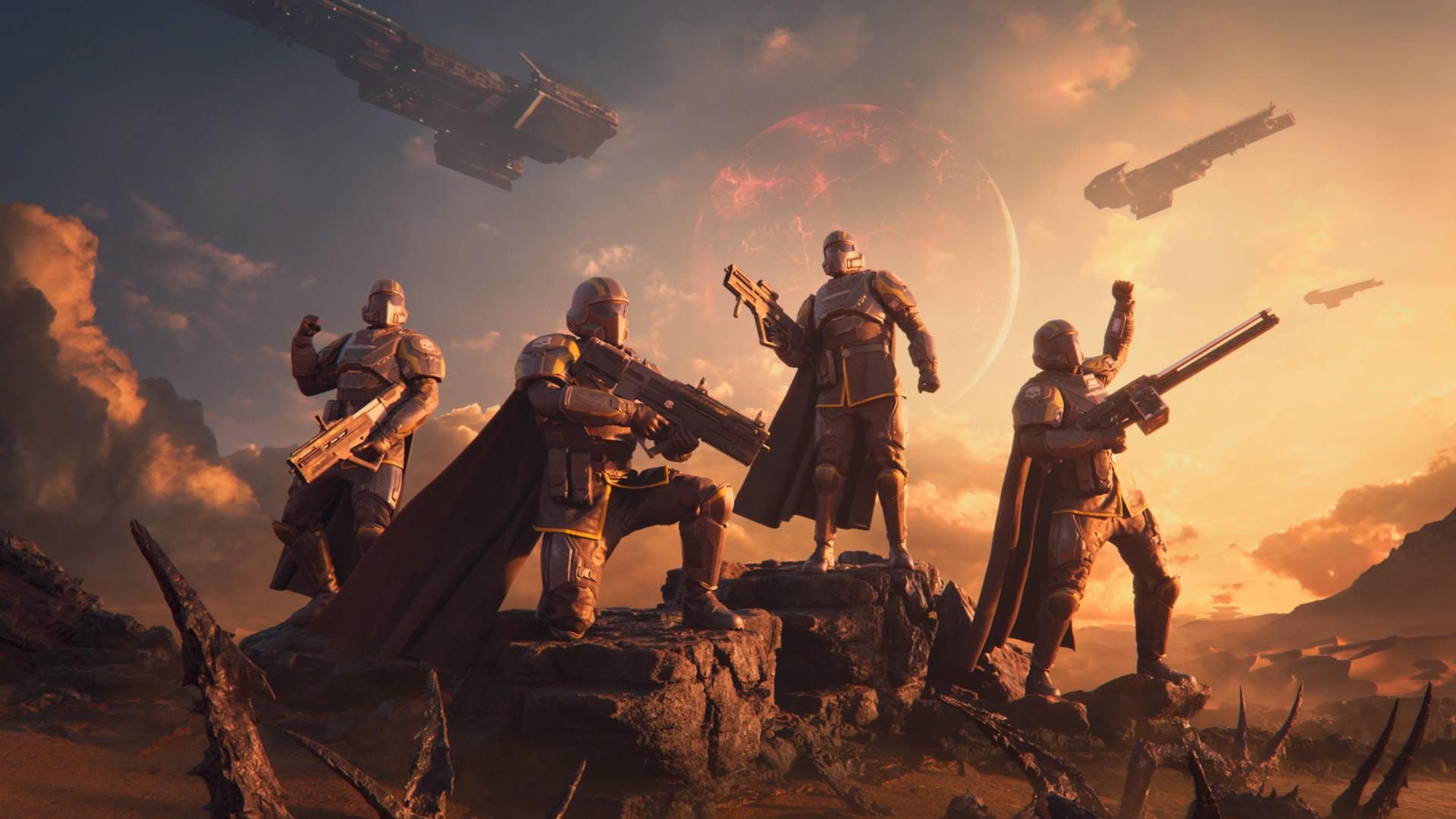When you’re immersed in a virtual adventure and your fingers are doing a beautiful rhythmic dance, have you ever been rewarded with an achievement that seems like a lighthearted jab from the game developers? Someone may pause, laugh, and ask themselves,”Did they really just make fun of me?” Indeed, they did, and we adore it.

Unlocking in-game humor
There’s something especially sweet when game designers decide to lace their games with humor, and especially at our expense. It is a sign of a symbiotic relationship stemming from a mutual understanding of the gaming experience between designer and player. Take “Rise of the Tomb Raider,” for example. You can get an achievement for killing an animal using an explosive. The title? “Was that really necessary?” That’s what a lot of players say when perhaps they’ve let things get a little out of hand trying to get through some tense times.
The platinum medal for “Undertale,” for instance, says,”Don’t you have anything better to do?” It’s a lighthearted tribute to the dedication (or obsession) that drives us to complete a game’s entirety while the real world continues moving. Apart from making one laugh, such in-game jokes help build a community. They are a sort of reminder that the creators are also players and they do realize the peculiarities and the excesses of the gaming culture.
But why would such entertaining achievements be so appealing to us? Perhaps it is a subconscious hint that games are meant to be enjoyable. They are a haven where people can enjoy and praise the absurd and escape the seriousness of reality. When the game winks back, that sometimes silly behavior of ours now carries a badge, much like an inside wink with friends does.
Jovial achievements are also an indication of creative and observant developers. The amount of time taken to design, code, and test a game in planning is time-consuming; by no means an easy task. When game developers go out of their way to make their projects jovial, that is evidence of the experience they want one to have, not some product. To make it even better, they take into account the player’s point of view while explaining our behaviors, feelings, and surroundings.
These often involve self-referential humor, amounts to meta-commentary about gaming in general. With direct address, a designer can break the fourth wall with their players, sans the dent in the immersive experience. The spontaneity of such humor can make it all the more potent. A joking aside can catch us off guard and lend a personal touch to an otherwise story-is-king affair.

Of course, not all comedy in gaming deals with laughing at the player. The developers can be laughing along too. One good example of such said humor would be the CD Projekt Red official’s response when asked about Ubisoft naming their game “Skull and Bones” as “AAAA.” The CEO smiled mischievously and said jokingly that their games will be “AAAAAA,” a light addition to the ridiculousness of video game promotion. Although it is just a flash of a moment, it goes to portray the way in which self-hate exists within the industry.
Connections between developers and gamers
These lighthearted elements add to the games’ allure and charm. They establish a bond between the player and the game, a mutual recognition that, although we are all here to go on heroic adventures and become virtual superstars, we are also here to enjoy ourselves. The next time you see an accomplishment that seems to be mocking you, take a moment to smile back. After all, it’s all for fun.
Not to mention the larger backdrop of enjoyment in game production. “Designing games is fun,” said a seasoned game designer. Although it’s a career with its ups and downs, it’s a fantastic way to earn a livelihood for people who are passionate about the art. From concept creation and prototyping to level planning and balance, the range of jobs a game designer may perform provides a range of delight. The process that results in the development of games that may delight millions of people includes even the more laborious duties, such as font optimization and documentation.
However, this can actually be a bit lower sometimes depending on a project and studio, or stage of production. For example, crunch time might be exciting for the first few weeks but grueling beyond that. The type of game, platform, business, and project will determine how much fun a designer may experience. It can be challenging to work on a genre you don’t like or a title that doesn’t appeal to you, but when it all comes together, it can be pretty rewarding.
Furthermore, the enjoyment element is greatly influenced by the dynamics of a team and the studio culture. It can make all the difference to find a set of coworkers with whom you click and with whom you can exchange GIFs and memes long after a project is over. The people are just as important as the projects.
One game designer recalled how, during long strategy meetings, the executive in charge at Disney Interactive would remind the team that they weren’t curing cancer, they were getting worked up over some sort of internet game about farting cartoons. It’s supposed to lighten things a little bit and keep things in perspective, particularly in such a hotly competitive field as game development.
If it’s not the gratification of seeing a person truly love something you helped build, it’s the stress of financial targets. This field marries the ephemeral nature of digital works with real-world fulfillment in the difference the product makes to players’ lives-even if it’s just making them laugh at an in-game joke.
So let’s not only appreciate the comedy these talented developers put into their work, but enjoy the virtual worlds they have created for us. It is a show and tell of their passion, creativity, and understanding of what it is that makes gaming such a unique and magical hobby. The next time that one achievement pops up and makes you question life choices, remember: it is all part of the fun.
What creates a perpetual stream of gaming humor?
Because if it’s treated as an art in the design of the game, then it is predictable that there has to be much more than a few witty rewards or achievements; this should create an atmosphere where players will get so much more than being customers-they are participants in a light-hearted conversation, inside jokes. Well elaborated; such comedy would take a game from entertaining to really memorable, but that is treading a razor-thin line.
Yet perhaps one of the more famous manifestations of this was Valve’s ‘Portal’, with its famous meme ‘the cake is a lie.’ Outside of the game itself, this darkly comical statement turned into a cultural staple that entered the vernacular of gamers from all over the world. In fact, the fact that only one phrase can make such an impact on players speaks volumes about how efficient comedy is in games. But it wasn’t just the comedy of ‘Portal’ trying to poke fun at the player; it was self-aware, subversive storytelling.
Comedic elements are applied not only in speech and achievements but also in the very mechanics of the game. A very good example is how ‘Goat Simulator’ plays with the notion of a simulation game, taking what appears to be an innocuous goat and making as much mayhem as possible. For this game to work, essentially a parody of the simulation genre itself, it had to make the players laugh at the preposterousness of situations it throws them in.

Another side of comedy in video games is the ability to comment on either the business or culture of gaming. A strong example of this is “The Stanley Parable,” an ironic look at the illusion of choice in video games through a story that changes with each and every decision made by the gamer and often with hilarious outcome. This allows it to give a remarkably astute critique of the medium itself through an entertaining and intellectual game.
For others, humor has often been a way for developers to cope with the trials and tribulations of making video games. A dash of humor goes a long way toward keeping a positive attitude in the high-pressure setting of game development. This is echoed in light joking between creators on social media or inside jokes and Easter eggs hidden in games for people to find. It’s those moments of levity which remind one that at the heart of every game in development is a team of humans-essentially people who like making games and who love games.
In game development, the fun factor is an elusive monster. The type of game in question and studio culture are just two examples out of many variables at play. It’s fun and emotion at its very core, really. “Designing games is fun,” the seasoned game designer said. The ambition to be able to push the edge of what games can be, investigate new ideas, and give players captivating experiences is driving them.
It is worth mentioning that humor can either work out positively or turn out negative: what one player finds funny may be insultive or tedious for another. That fine line between being humorous and respect to the audience in general needs to be treaded by the game developers themselves. This requires a deep understanding of their player base as well as acceptance of critique.
Making players laugh is but one part of the game design art of comedy. The goal is to make a bond between player and game transcend the screen: a shared experience. About smiling and winking while reveling in the absurdity of gaming. So, the next time something funny in a game catches your attention, take a moment to appreciate the craft. It means the developers are looking forward to making the experience enjoyable in all possible ways and not just a game.
Related posts:
Is designing video games any fun?
Gaming News: Developers’ Humorous Twists in Video Games
CD Projekt exec pokes fun at Ubisoft’s “AAAA” game Skull and Bones, says the studio will now make “AAAAA” games



